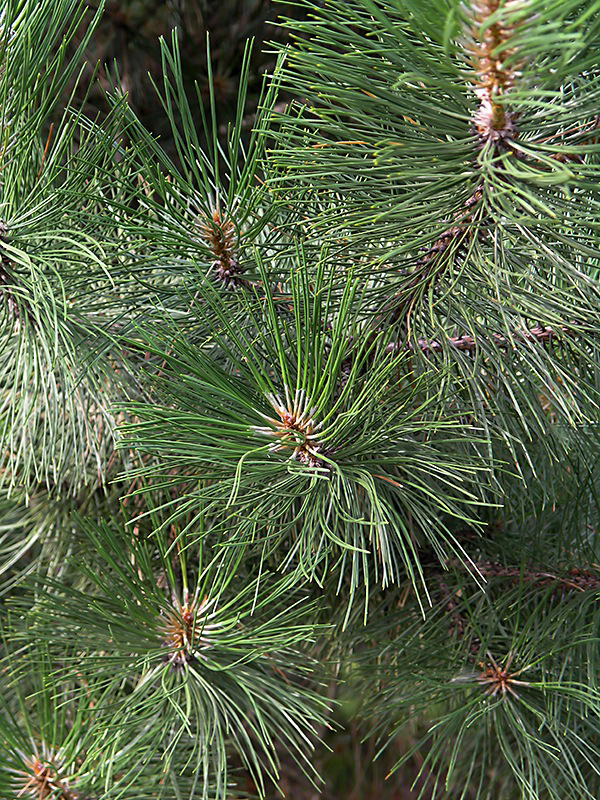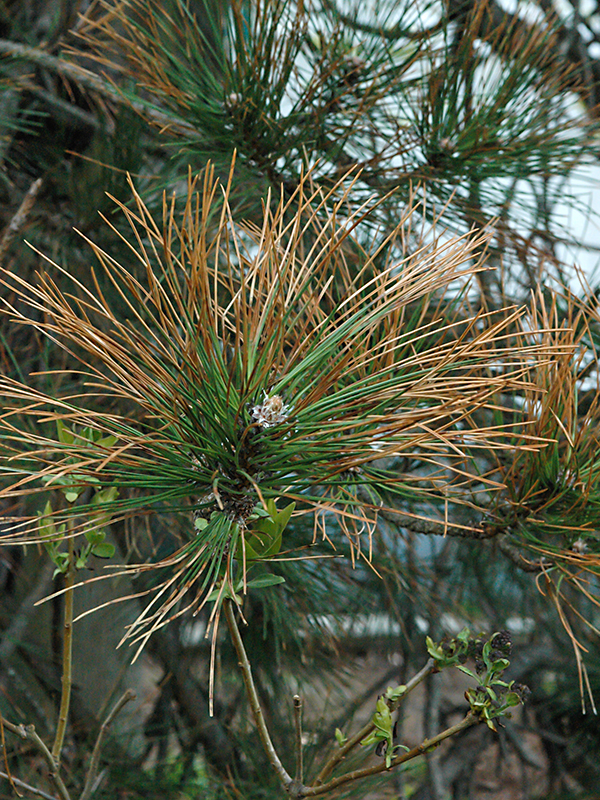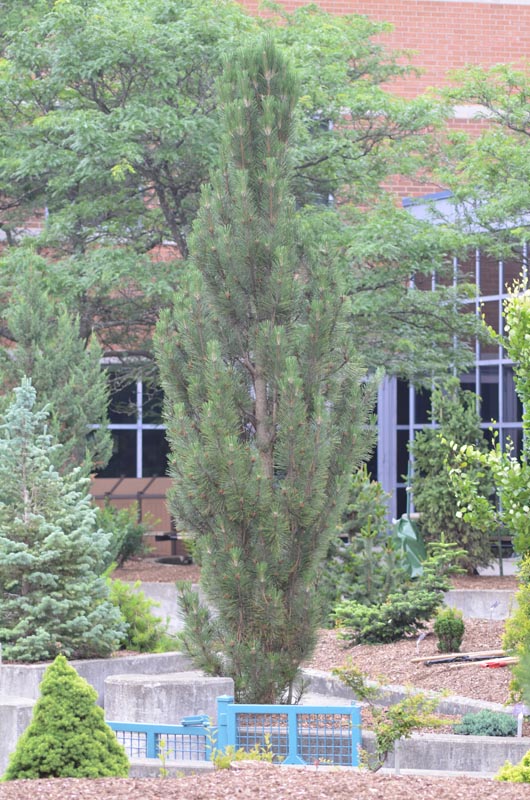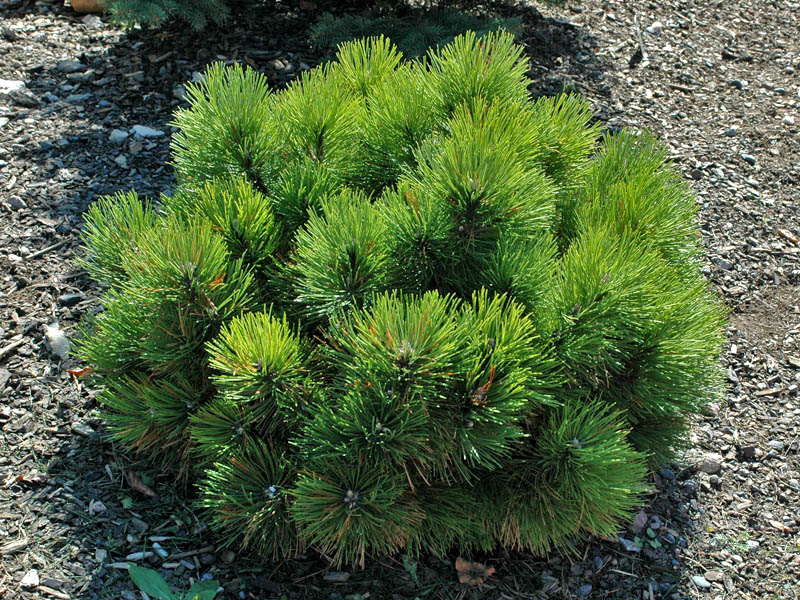
Woody > Pinus > Pinus nigra > Pinus nigra
Pinus nigra
Austrian Pine, Black Pine
Origin: Native to Europe, Austria, and Central Italy. It was introduced into cultivation in North America around 1759.
Mike's
Opinion


"
A very common landscape tree favored by landscape architects for its dark green colour, broadly pyramidal form and its adaptability to urban conditions. I consider it an overused plant.
Michael Pascoe, NDP., ODH., CLT., MSc. (Plant Conservation)
"
| Family |
| Pinaceae |
| Genus |
| Pinus |
| Species |
| nigra |
| Category |
| Woody |
| Type |
| Tree (evergreen) |
| Pronunciation |
| USDA Hardiness Zone |
| 4 - 7 |
| Canadian Hardiness Zone |
| 2a - 6b |
| RHS Hardiness Zone |
| H5 - H7 |
| Temperature (°C) |
| -34 - (-15) |
| Temperature (°F) |
| -30 - 5 |
| Height |
| 16 - 19 m |
| Spread |
| 6.5 - 13 m |
Photographs
Description and Growing Information
Flowering Period
| General Description |
| Large evergreen that grows very dense and pyramidal in form. In North America it is often planted as screens and windbreaks along roads as it is pollution tolerant. |
| Landscape |
| Often used as a screen and windbreak because of its dense form,it is widely planted in mass plantings, as they are quite pollution tolerant. |
| Cultivation |
| Plant in full sun, tolerates some shade, a variety of soil types, but does best in moist loam soils. |
| Shape |
| Densely pyramidal becoming irregular and umbrella-shaped with age. |
| Growth |
| Medium |
| ID Characteristic |
| It has some of the longest needles of the 2-needled pines, they are stiff but do not break when a palm test is preformed. |
| Pests |
| Susceptible to Diplodia tip blight. |
| Habitat |
| Found throughout Europe in areas with rich soil and a moist climate. |
| Bark/Stem Description |
| Dark brown grey furrows with flattened ridges. |
| Flower/Leaf Bud Description |
| Cylindrical, 1 - 2.5 cm long, sharp pointed with pale brown resinous scales. |
| Leaf Description |
| A 2-needle pine, needles 8 - 16cm long, they are stiff but do not break cleanly in half. |
| Flower Description |
| Staminate clustered, yellow; pistillate yellow green. It is cylindrical in shape and approximately 2 cm in size. They are pollinated from May to June then dry up and drop off within a few weeks. |
| Fruit Description |
| Conical, 5 - 7.5 cm long, 2.5 - 3 cm wide clusters of 2 - 4 at right angles to the branch. They are yellow-green pre-ripening, turning light brown in maturity generally from September through November of the second year. |
| Colour Description |
| The needles are dark green. The bark is dark brown to dark grey and the cones start out yellow eventually becoming reddish brown. |
| Texture Description |
| It is a smaller dense pine than other species, irregular in shape and texture turning umbrella like when reaching maturity. |
| Notable Specimens |
| Fanshawe College London, Ontario, Canada. A.M. Cuddy Gardens, Strathroy, Ontario, Canada. Westonbirt, The National Arboretum, Tetbury, Gloucestershire, England. |
| Propagation |
| Propagated via seed during October – November often being planted in late autumn and early spring. Seeds can be cold stratified for 60 days to accelerate germination. |


-1.jpg)

